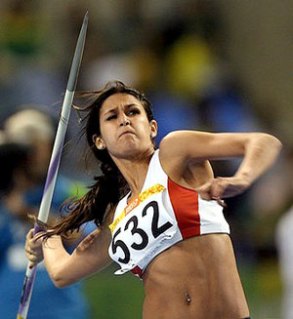
Apollo 11 - astronomical salute from the moon's surface
Fun Facts About the Apollo 11 Mission
Perils of Spaceflight, Part 1
A problem with a water filter afflicted the crew with excessive and “fragrant” flatulence throughout the entire mission.
Perils of Spaceflight, Part 2
Due to the unexpected presence of boulders, the Eagle had to fly for some distance beyond the intended landing site. The computer overloaded and they very nearly ran out of fuel. Since the Lunar Module was already below the altitude at which the astronauts could have ejected the landing stage and safely aborted, they were mere seconds away from a fatal crash when the touchdown light finally lit.
Lost in Space
Partially because of the change in landing place, no-one knew the LM‘s exact position on the Moon until afterwards, using the laser reflectors deployed during the moonwalk. Mike Collins in Columbia, the Command Module, was never able to spot Tranquility Base from lunar orbit.
Ancient Ritual
Buzz Aldrin, during the moment of silence he called for to give thanks right after the landing, took Holy Communion in the form of a small wafer and wine from a tiny chalice.
Exit, Stage Right
Neil Armstrong went out first because the door only worked that way in the cramped confines of the LEM.
Famous Words
Armstrong’s historic statement actually sounded like “That’s one small step for man …ah… one giant leap for mankind.” Neil has always claimed he said “a man” but the “a” was lost in transmission. It didn’t sound that way, though he was right: the sound was recently found on the audio recording. Still pretty cool.
Historic Marker
The plaque had a mistake on it too: the date read “JULY 1969, A.D.” It should have been “JULY, A.D. 1969”. President Nixon also had the wording changed from “WE COME IN PEACE FOR ALL MANKIND” to “WE CAME IN PEACE…” Nixon later scuttled the final Apollo missions.
Another Giant Leap
Armstrong may have been the first man to set foot on the Moon, but Aldrin was the first to pee there. He used the relief tube built into his spacesuit moments after stepping out, on live TV with millions of people watching.
Sacred Offerings
As a traditional sign of peace, Buzz planned to leave on the Moon a small gold olive branch, along with an Apollo 1 patch and two Russian cosmonaut medallions in honor of those killed in the space race. He forgot until the last moment, and simply tossed them unceremoniously onto the surface on his way back up the ladder. The astronauts also chucked out their moonboots, backpacks, a sack of garbage and their urine bags.
Otherworldly Odor
When the astronauts took off their helmets inside the LM after their moonwalk, they noticed a strong odor. Neil described it as “wet ashes in a fireplace” and Buzz as “spent gunpowder”. It was the smell of moondust. NASA, by the way, had been worried that moondust might explode on contact with oxygen.
Unfavorable Omen
The astronauts had a lot of trouble planting the American flag in the hard lunar soil, afraid it might fall over on live TV. During the lift-off from the Moon, however, Buzz watched as the Stars and Stripes indeed “toppled into the dust”.
Your Papers, Please
The Apollo 11 crew, and all spacefaring crews ever since, had to fill out Customs forms on arriving back in the US.
The Final Cost
Whiling away the hours after the mission in quarantine in Houston, Buzz filled out a government expense account report for the journey. Total amount reimbursed: $33.31.
So Much for History
The high resolution tapes of the actual landing – far better than the grainy video shot off a screen that was actually broadcast — has been lost, thrown out, or reused.
Special thanks to www.weirdload.com
Filed under Historical Events & Figures, Science, Travel
Tagged as abort, Alrdin, American, American flag, Apollo 1, Apollo 11, Armstrong, astronaut, audio, audio recording, backpack, boulder, broadcast, Buzz Aldrin, challice, Collins, Columbia, Command Module, computer, cosmonaut, crew, customs, Eagle, eject, expense account, expense account report, fatal crash, flatulence, fragrant, fuel, garbage, gold, government, helmet, high resolution, historic, Holy Communiion, Houston, journey, ladder, landing, landing site, landing stage, laser, laser reflector, liftoff, LM, lunar, Lunar Module, lunar orbit, lunar soil, Mike Collins, mission, moon, moonboot, moondust, moonwalk, NASA, Neil Armstrong, Nixon, odor, olive branch, one giant leap, one giant leap for mankind, One small step, One small step for man, orbit, overload, peace, peril, plaque, position, President, President Nixon, quarantine, recording, reflector, ritual, rocket, Russian, screen, silence, soil, space, spacefaring, spaceflight, surface, tape, tossed, touchdown, Tranquility Base, transmission, urine, urine bag, US, video, wafer, water filter, we came in peace




























 The Mind of Adam J. Kovitz
The Mind of Adam J. Kovitz